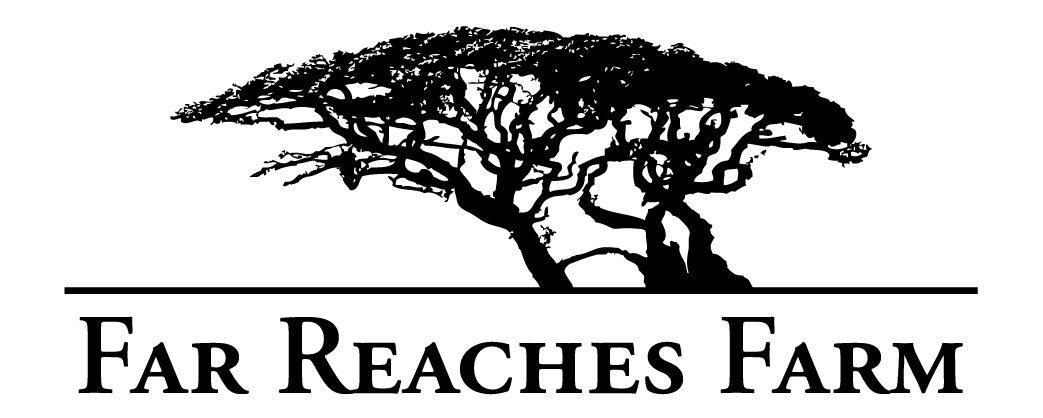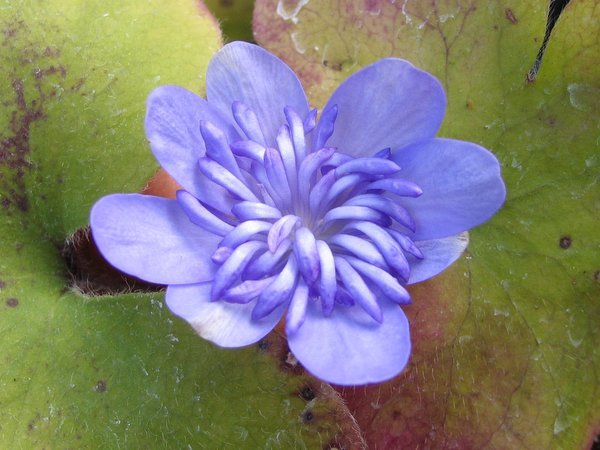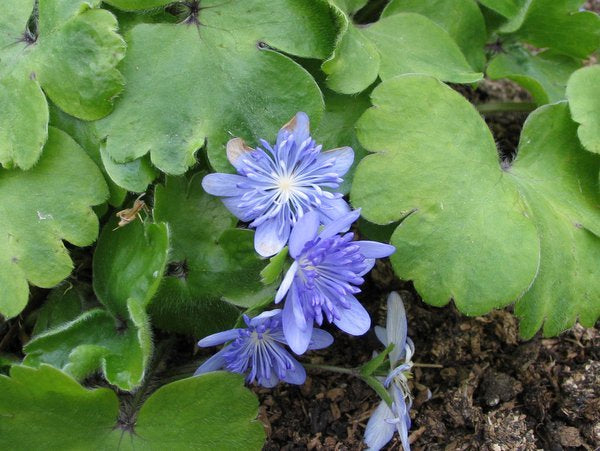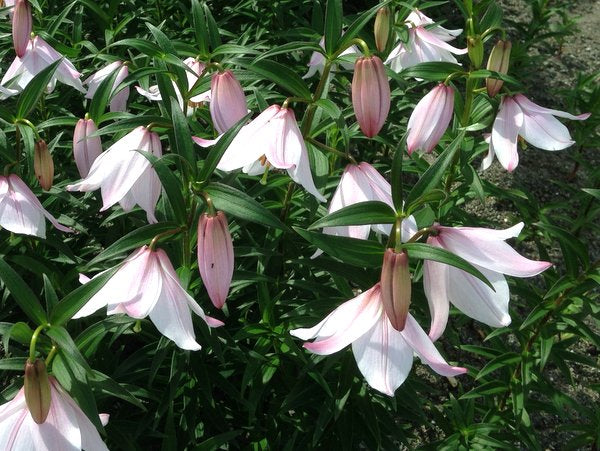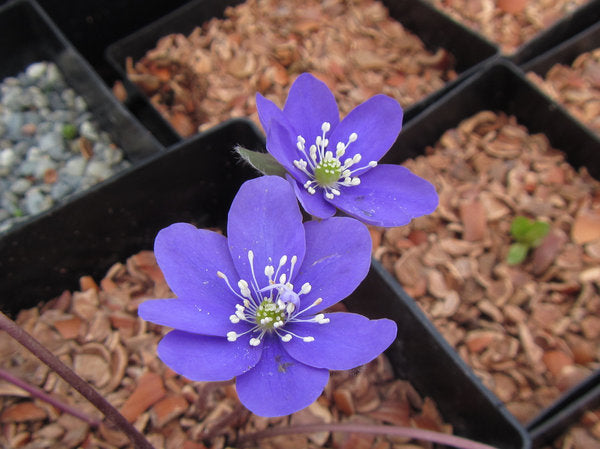Sort by:
1758 products
1758 products
Oh ill-fated queen of legend, doomed by prophecy, but glorious and radiant in life. In this Guinevere is rightly given to a bearer of such lovely white flowers. Detractors of the art will complain of browning, and beauty befuffled by rain but don't all things fade in the end. These are seedlings off the rare British cultivar and could theoretically sport a different color but we have had pretty flawless luck thus far in continuing the blushed pallor of a medieval English queen.
One of the true stars of our new crevice garden this Turkish native may not be what you expect of a Veronica but certainly is what you expect of a first-rate garden plant. Slowly forms a glossy evergreen mat of tiny cut leaves that conjure up thoughts of ultra-skilled clockmakers or artists who craft on grains of rice. This alone makes it a worthwhile do-er but the all-encompassing eruption of botanical-blue star shaped flowers is the real charmer. These arrive beginning in Spring and are still chugging along, if not at full force, in October at the time of this writing.
They don't told us we couldn't bring back any live animals from China, so with bufophilic dreams crushed we settled for the next best thing and brought back this incredibly vigorous toad lily from Anhui province. Quickly growing to form a patch of mighty stems clearing 4ft tall in our collector's garden with large broad leaves irregularly spotted (especially when newly emerged) and followed by delightful pink and white polka-dotted octopi in late summer and early fall. One of the best in our not unsizable Tricyrtis collection and well worth spending some quality time with sitting on your toadstool.
